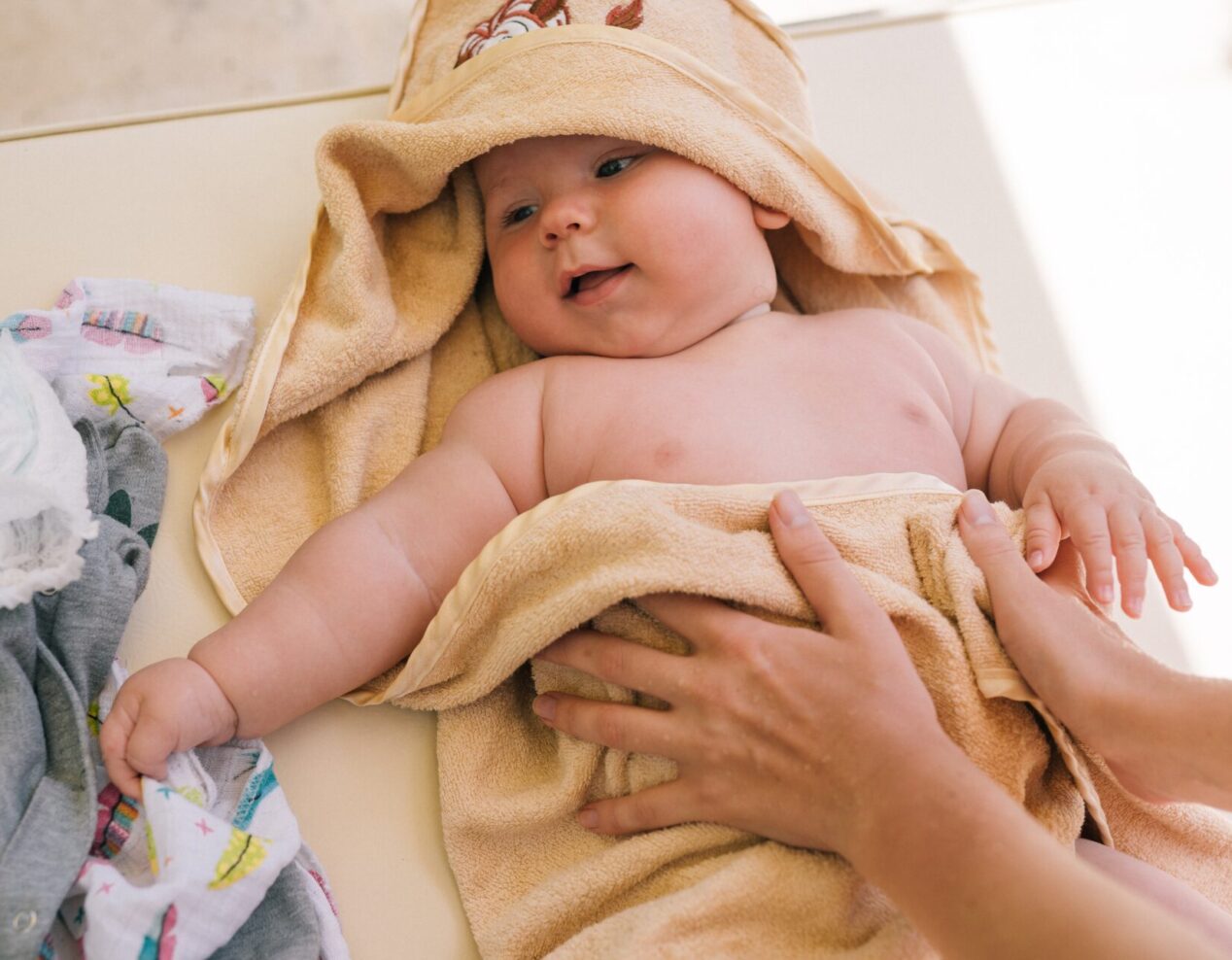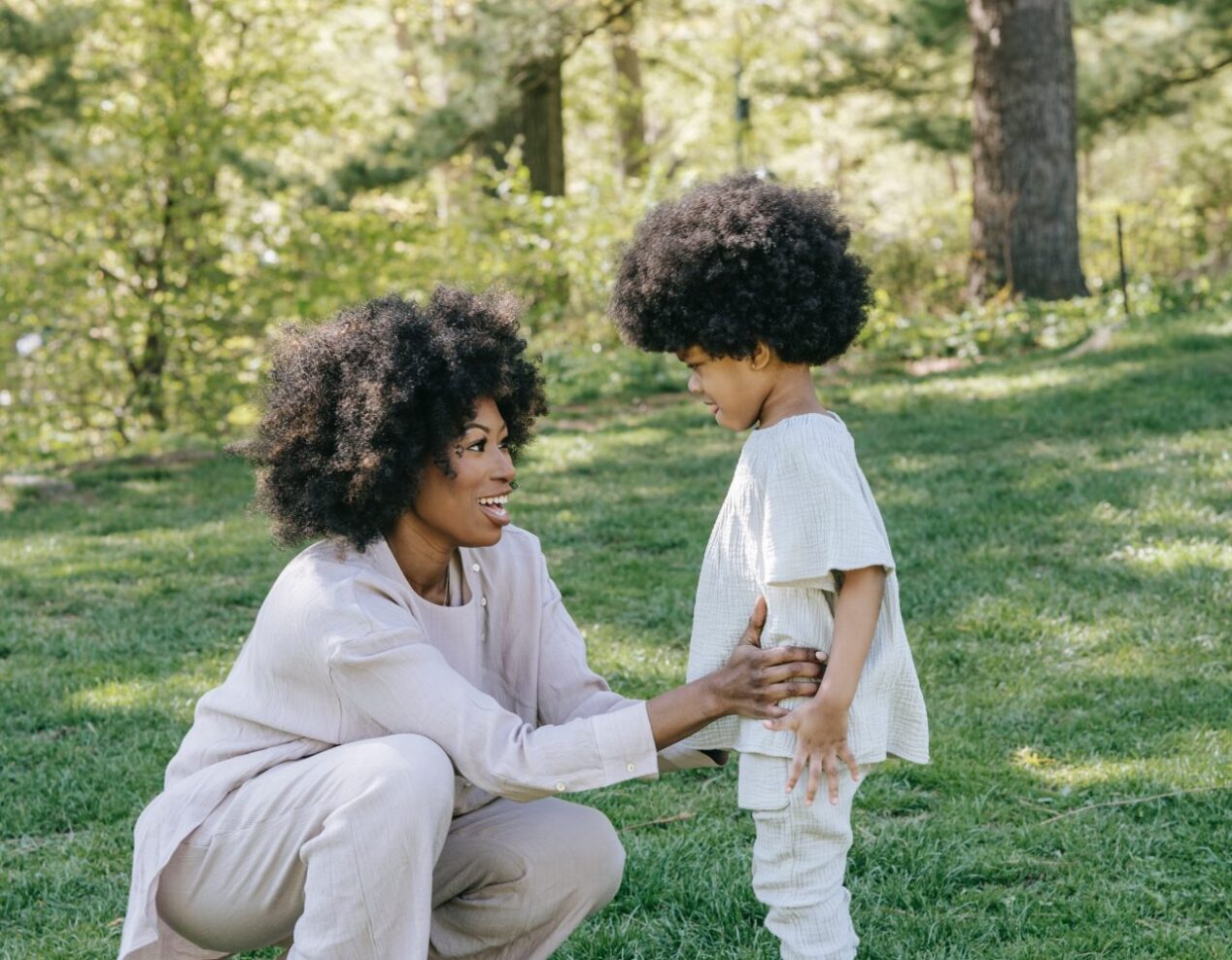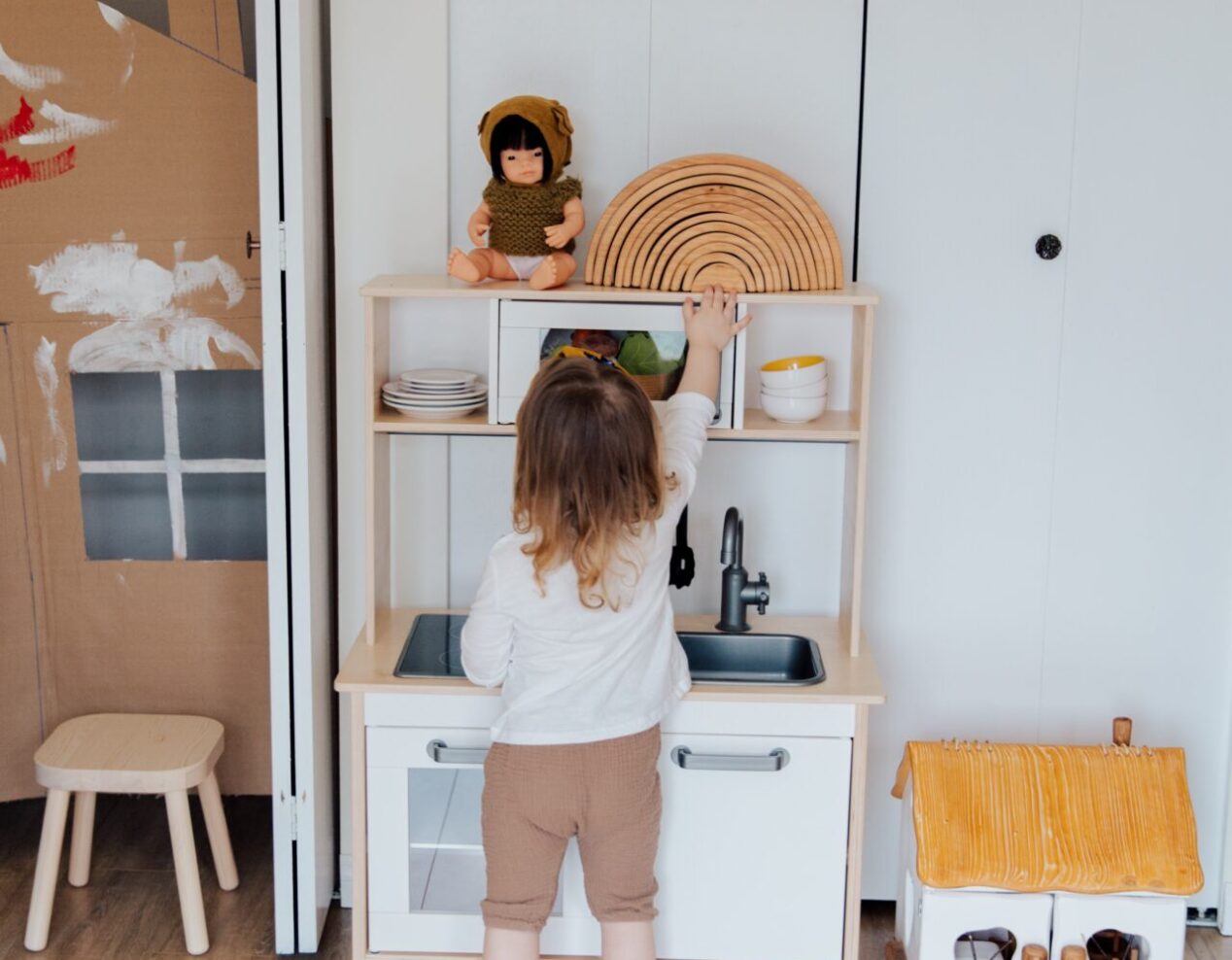Essential safety tips for newborn care for fresh parents

Ensuring safety is a primary concern for parents who have recently welcomed a baby. The task of caring for an infant is a significant responsibility, and it’s natural for new parents to feel uncertain about how to keep their newborn secure and content.
While the initial weeks might seem like a steep learning curve, don’t fret – mastering the fundamentals is just around the corner. Here are some practical suggestions to help on this journey.
Guidelines for bathing safely
Opt for a baby-specific bathtub featuring slip-resistant qualities and fill it with warm—not hot—water, approximately 5 to 8 cm deep (96 to 100° F/35 to 37° C). Test the water temperature using the elbow or wrist, not the hand. A quick-read thermometer could also be employed for this purpose.
Prepare all essentials such as soap, towel, washcloth, cup for rinsing, etc., before initiating the bath.
Never leave the baby unattended during bath time. Always stay within an arm’s reach.
Guidelines for safe diaper changing
Even if the baby isn’t able to roll over yet, always fasten the safety strap during a diaper change on a changing table. Accidental rolling is possible at this stage.
Always have diapers and wipes on hand to avoid stepping away.
If there’s a need to fetch something, carry the baby along.
Guidelines for safe sleeping
Resist the urge to place a comforter, blanket, or any other comfort item in the crib or bassinet. The sleeping area of the baby should be kept completely empty.
Use a tightly fitted sheet on a firm mattress that fits perfectly in the crib.
Position the baby on their back for sleeping.
Avoid falling asleep while cradling the newborn.
Guidelines for safe dressing
A useful guideline for dressing the baby appropriately is to add one layer more than what you’re wearing (note: post-partum hormones can impact body temperature 🙃). If the weather calls for a T-shirt, dress the newborn in a bodysuit and a T-shirt. In warmer conditions, a bodysuit alone is sufficient.
Monitor for signs of overheating, such as flushed cheeks, sweaty back, clammy skin, and rapid breathing.
For cooler weather, opt for layers that can be quickly added or removed along with a well-fitted hat.
If a blanket is being used to shield the baby from the wind or other elements, ensure that it’s securely tucked in and no loose fabric is near their face.
Guidelines for safe baby wearing
Whichever carrier is being used, the baby’s head should be positioned to the side, not facing the chest.
First aid pointers
For minor cuts and scrapes, particularly on fingers and hands, avoid using adhesive bandages. They can easily end up in their mouth and pose a choking risk. Instead, use gauze to dab away any blood until the bleeding ceases.



